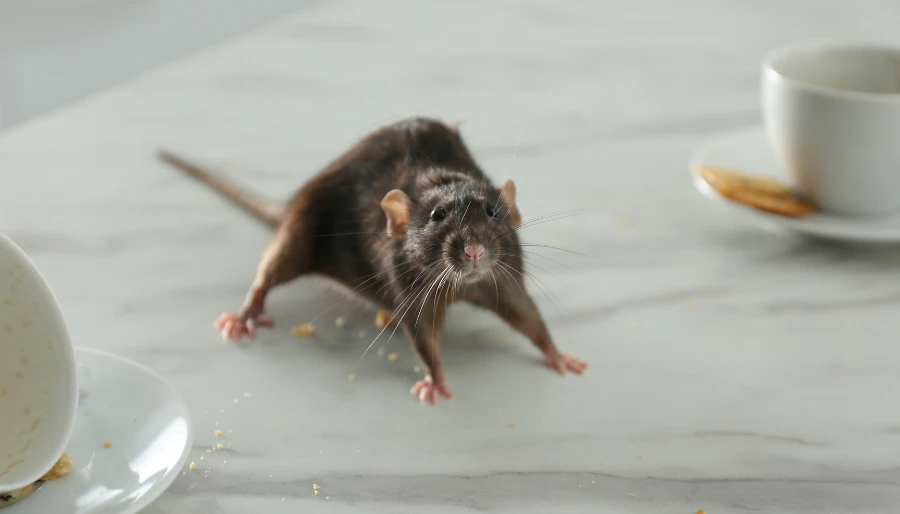A recent study conducted in Ohio and the Upper Midwest has shed light on the preferred floral choices of bumblebees, revealing that these remarkable insects exhibit more discerning dietary preferences than previously thought. By closely observing nearly 23,000 interactions between bumblebees and flowers over a span of two years, researchers discovered that these bees do not always settle for the most abundant flowers in their foraging area.
This newfound knowledge has significant implications for both professional and amateur conservationists, providing guidance for planting decisions aimed at supporting bumble bee populations.
Bumblebees, known for their large size, strength, and social behavior, play a crucial role in pollination, particularly for agriculture.
However, like other pollinators, they face numerous threats such as habitat loss, climate change, and disease, resulting in the decline of certain bumble bee species. The findings from this study contribute valuable insights that can aid in the preservation of these important pollinators.
“What was truly remarkable about this project was obtaining over 20,000 observations of individual identified bumble bees visiting specific flower species,” explains Karen Goodell, senior author of the study and a professor of evolution, ecology, and organismal biology at The Ohio State University. “Having accurate flower associations and estimates of flower abundance was key, so we meticulously counted the flowers as well.”
The study identified the top flower species preferred by a variety of bumble bee species in Ohio, including milkweed, native thistles, morning glory, purple cone flower, bee balm, beardtongue, red clover, vetch, and rosinweed (cup plant). Additionally, Culver’s root and wild indigo, although less abundant, were found to be particularly attractive to bumble bees.



Out of the 16 historically recorded bumblebee species in Ohio, researchers observed only 10 species, with eight of them being abundant enough for inclusion in the analysis. Notably, the Common Eastern Bumblebee (Bombus impatiens) was the most frequently observed species, while the American Bumblebee (Bombus pensylvanicus), a species under consideration for addition to the Federal Endangered Species List, had significantly fewer observations.
However, despite the extensive data collection efforts, the researchers are confident in their understanding of the preferred flowers for only the three most common bumblebee species.
For the less common species, there were not enough bee-flower interactions observed to draw comprehensive conclusions about their dietary preferences. This highlights the importance of conducting comprehensive analyses to obtain a thorough understanding of the dietary needs of all bumblebee species, especially those that are less abundant and may face a higher risk of population decline.
“It’s crucial to know the species we have and what they prefer to eat, as any of them could become rare,” emphasizes Goodell. “Preservation of our natural areas is not without challenges. The more information we have about bumblebees’ preferences, the better we can manage their habitats.”
The research team visited 228 locations in Ohio, spanning unmanaged fields, restored roadsides and meadows, planted urban patches, and hayfields, during the summer months of 2017 and 2018. Over the course of 477 hours, they observed bumblebees interacting with 96 different species of wildflowers.
The data analysis revealed distinct patterns in bumblebee visits to flowers, indicating that the bees exhibited preferences for specific plants that exceeded their availability in the environment.
To gauge these preferences, the researchers utilized a selection index that compared the frequency of bumblebee species visits to the overall abundance of the flowers.
More To Discover
- America’s Wild Boar Invasion Is Getting Worse, So Why Don’t We Just Eat Them?
- It’s Worse Than We Thought! Over 14 Million Tons of Microplastics Litter the Ocean Floor
- Is Vertical Agrivoltaics the Next Big Green Revolution, or Just a Passing Trend? A California Winery Is Going To Find Out
- Groundbreaking ‘No Burn’ Energy Plant to Convert Waste to Fuel, Opens Soon
“We aimed to determine their true preferences when all else is equal,” explains Jessie Lanterman Novotny, the study’s first author and a former PhD student and postdoctoral researcher in Goodell’s lab at The Ohio State University. “We discovered that bumblebees actively sought out flowers that were less abundant, rather than simply consuming the most plentiful ones. Furthermore, they also avoided certain plants regardless of their abundance.”
The study also revealed that some highly abundant plants commonly used in pollinator conservation plantings and seed mixes, such as alsike clover, black-eyed Susan, and prairie coneflower, were consistently ignored by bumble bees.
Additionally, five out of the eight bumblebee species showed a strong attraction to non-native plants, presenting a challenge for conservationists focused on preserving native plant species.
Interestingly, the study found that the three most common bumblebee species did not share the same floral preferences. Overlapping flower choices accounted for only a third or less among these species, suggesting that low overlap may reduce competition and enable coexistence among different bumble bee species.
Understanding the intricate relationships between bumblebees and their preferred flowers provides valuable insights into the dietary needs of these important pollinators.
By incorporating this knowledge into conservation efforts and planting decisions, it becomes possible to better support bumblebee populations and contribute to the preservation of their habitats.

















